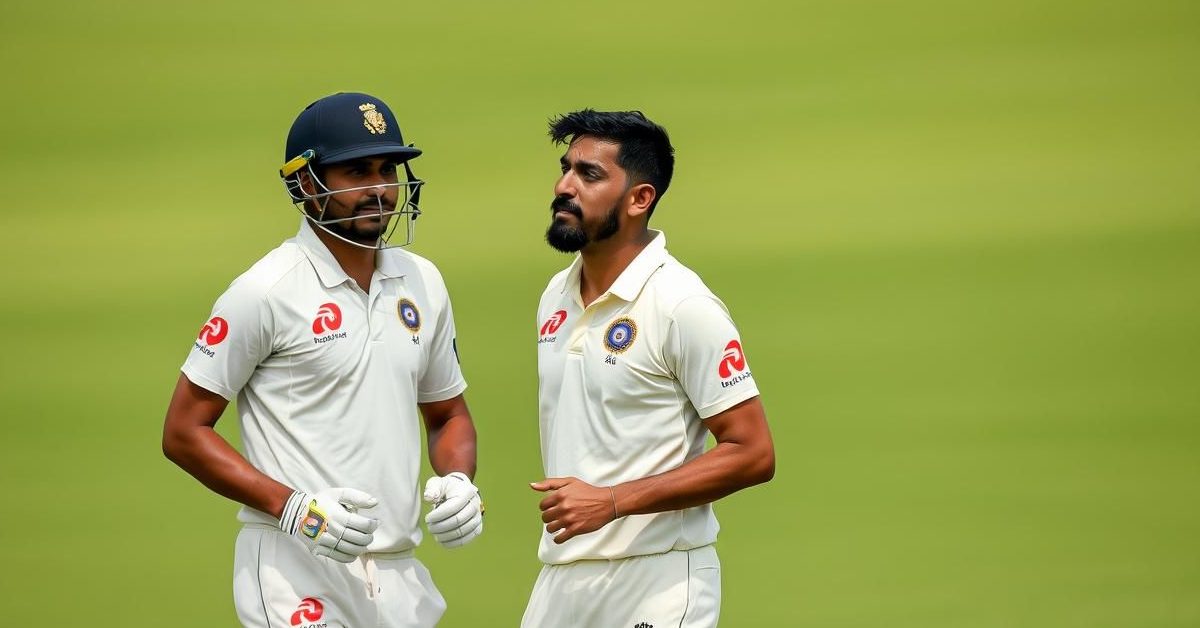The Unfolding Drama: Kamal Haasan’s ‘Thug Life’ and the Battle for Theatrical Windows
A seismic shift is reportedly shaking the foundations of Kollywood, centered around one of the year’s most anticipated films, “Thug Life.” Whispers from within the industry suggest that the grand cinematic vision of actor-producer Kamal Haasan, originally intended to champion an eight-week exclusive theatrical run, is now poised for a remarkably swift four-week transition to Netflix India. This abrupt change has sent ripples of intrigue and debate across the film fraternity, hinting at a dramatic re-evaluation of strategies under intense pressure from powerful multiplex chains.
Kamal Haasan’s Vision: A Stand for Theatrical Grandeur
For months, Universal Hero Kamal Haasan, a revered figure synonymous with cinematic excellence and innovation, had passionately advocated for an extended eight-week window between “Thug Life’s” theatrical premiere and its digital streaming debut. His rationale was clear: to re-establish the sanctity of the big-screen experience, allowing audiences ample time to immerse themselves in the meticulously crafted world of the film, free from the immediate shadow of an impending OTT release. He envisioned setting a powerful precedent for the Tamil film industry, aiming to counter the prevailing norm of a mere four-week gap that has, in his view, diluted the allure of cinema halls and inadvertently fueled piracy. Haasan’s stance wasn’t merely about commerce; it was a deeply held belief in preserving the magic of communal viewing, a cornerstone of Indian entertainment.
The Exhibitor’s Ultimatum: Pressure from Multiplex Giants
However, the world of film distribution is a complex web of financial commitments and strategic negotiations. Multiplex chains, the very backbone of theatrical exhibition, operate on tight margins, relying heavily on a consistent flow of footfalls and ticket sales. For them, a longer exclusive window means a greater opportunity to maximize revenue. The industry standard, often a result of mutual understanding and commercial necessity, has largely settled at four weeks. Reports now indicate that these exhibitors, including major players like PVR Inox and Cinepolis, exerted significant pressure. Their stance wasn’t just about lost revenue; it was about protecting their business model. Consequently, an alleged fine of Rs 25 lakh has been levied, a standard clause in many agreements that comes into play when producers deviate from the agreed-upon theatrical window, effectively making an earlier OTT release a costly proposition. This demonstrates the fierce tug-of-war between content creators’ artistic visions and distributors’ commercial realities.
The “Thug Life” Phenomenon: Stakes and Expectations
The stakes are exceptionally high for “Thug Life.” This isn’t just any film; it marks the highly anticipated reunion of Kamal Haasan and visionary director Mani Ratnam, a collaboration that last delivered the iconic “Nayakan” decades ago. The film boasts an initially star-studded ensemble cast that included talents like Silambarasan TR (STR), Dulquer Salmaan, Trisha Krishnan, and Jayam Ravi, though some cast changes have occurred during production. With music helmed by the legendary AR Rahman, “Thug Life” is designed as a cinematic spectacle. The anticipation surrounding its narrative, its action sequences, and the combined genius of Haasan and Ratnam is palpable across India and among the Tamil diaspora. This immense hype amplified the debate over its release strategy, making the film a litmus test for the industry’s evolving distribution landscape.
The Shifting Sands of Cinema: A Post-Pandemic Reality
The pandemic irrevocably altered the landscape of film distribution. With theaters shut down, streaming platforms like Netflix India, Amazon Prime Video, and Disney+ Hotstar became the primary consumption avenues, conditioning audiences to expect swift digital access. This shift has created a dual challenge for filmmakers: how to ensure adequate theatrical revenue while also catering to the burgeoning demand for convenience. While blockbusters like “Leo” and “Jailer” have recently reaffirmed the power of the theatrical experience, the pressure for shorter windows remains. This struggle highlights a critical juncture for the Indian film industry, balancing the grand traditions of cinema with the inexorable march of digital technology.
What This Means for Fans: Netflix India’s Early Promise
For millions of fans eagerly awaiting “Thug Life,” this potential development carries mixed emotions. On one hand, the prospect of experiencing Kamal Haasan and Mani Ratnam’s latest collaboration on Netflix India just four weeks after its theatrical release is undeniably exciting. It promises convenience and immediate access for those who might not be able to visit theaters or prefer home viewing. However, it also raises questions about the long-term impact on the theatrical experience. Will this compromise dilute the magic of seeing a film of “Thug Life’s” scale on the big screen? Regardless, the early streaming arrival on a global platform like Netflix India is a significant win for accessibility, putting one of the most talked-about Indian films within reach for a massive, diverse audience sooner than expected.
The Ripple Effect: Industry Implications and Future Debates
Kamal Haasan’s reported capitulation, if confirmed, signals a pragmatic, albeit perhaps reluctant, acceptance of current industry dynamics. It underscores the formidable leverage of exhibition chains and the pervasive influence of streaming platforms. This decision on “Thug Life” could set a new precedent, solidifying the four-week window as an unshakeable norm, even for the biggest, most star-studded productions. The debate over theatrical versus digital remains fervent, but for now, it seems the convenience of the small screen, combined with the commercial realities of distribution, is holding sway. The unfolding journey of “Thug Life” will undoubtedly serve as a critical case study, shaping future conversations about how Indian cinema navigates the evolving demands of both traditional audiences and the global streaming revolution.












